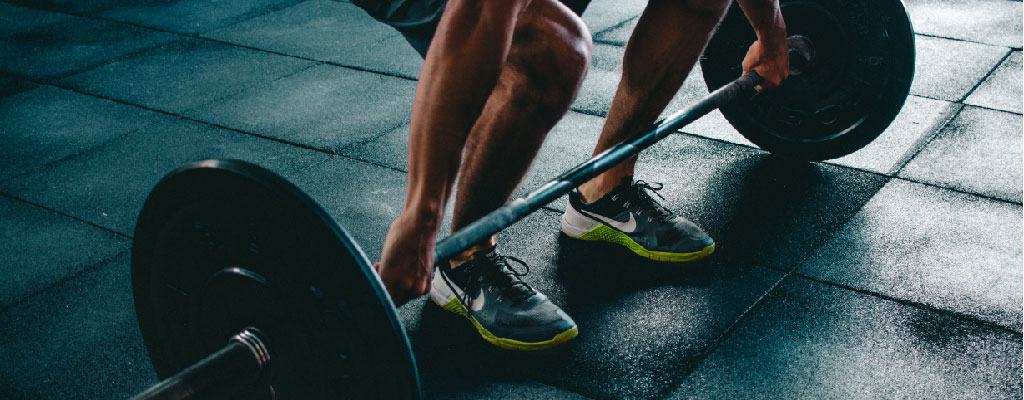Research conducted by:
Edward O'Brien, Associate Professor of Chemistry and ICDS Co-Hire
Tags:
chemistry HPC
Research Summary:
When the body builds proteins, the process generates a mechanical force. Penn State computational science is busy investigating this not-fully-understood process. Now, a team of researchers suggest they are one step closer to understanding that force and are building a mathematical model to help guide scientists with future investigations into how the body creates proteins.
How Roar played a role in this research:
Computations were run on the Roar system.
|
Article Title: |
Domain topology, stability, and translation speed determine mechanical force generation on the ribosome |
|---|---|
|
Published In: |
The Proceedings of the National Academy of Sciences |
|
Abstract: |
Mechanochemistry, the influence of molecular-scale mechanical forces on chemical processes, can occur on actively translating ribosomes through the force-generating actions of motor proteins and the cotranslational folding of domains. Such forces are transmitted to the ribosome’s catalytic core and alter rates of protein synthesis, representing a form of mechanical allosteric communication. These changes in translation–elongation kinetics are biologically important because they can influence protein structure, function, and localization within a cell. Many fundamental questions are unresolved concerning the properties of protein domains that determine mechanical force generation; the effect of translation speed on this force; and exactly how, at the molecular level, force is generated. In this study we answer these questions using molecular simulations and statistical mechanical modeling. View article on publisher's website |

